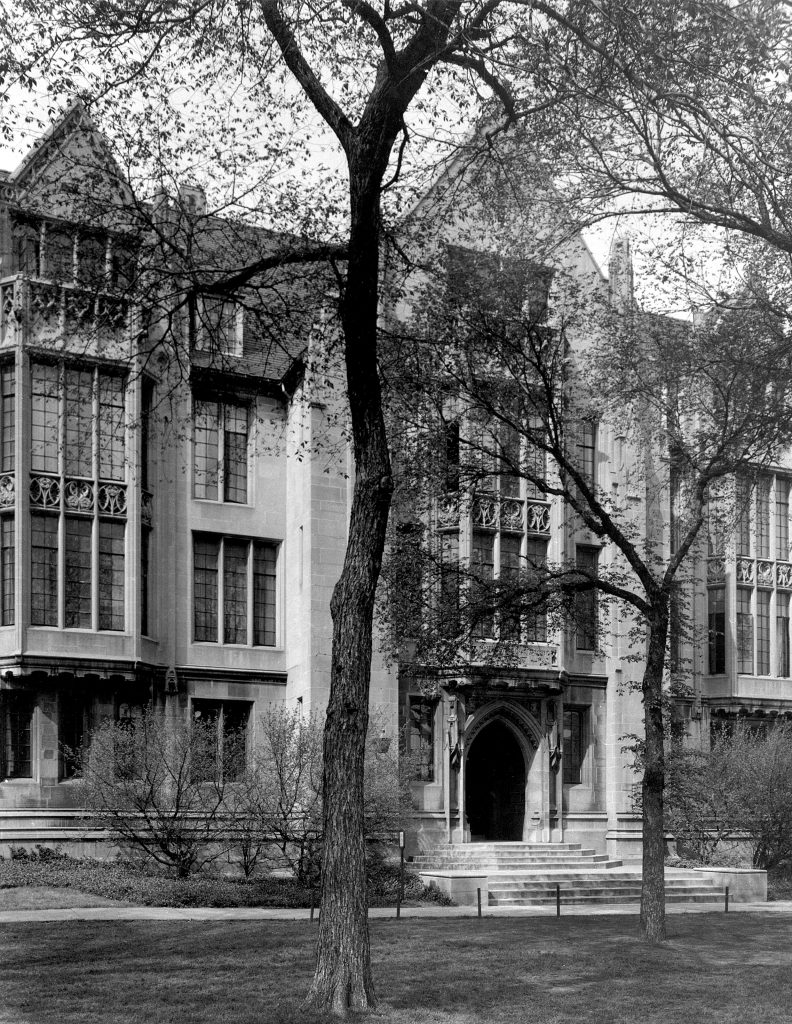Clarence Francis Hiskey (1912-1998) was an American chemist and Soviet spy. He worked at Columbia University and the University of Chicago’s Metallurgical Laboratory during the Manhattan Project.
Born Clarence Szczechowski on July 5, 1912 in Milwaukee, Wisconsin, Hiskey became an active member of the Communist Party of the United States (CPUSA) while in college. He received his Ph.D. from the University of Wisconsin in 1939. That same year, the Army granted him a reserve commission in the Chemical Warfare Service.
Hiskey began teaching chemistry at Columbia University in 1941. The following year, he was recruited by Nobel Prize winning scientist Harold Urey to work at Columbia’s Substitute Alloy Material (SAM) Laboratory, researching the gaseous diffusion method of uranium separation. While working with Urey at SAM, Hiskey was recruited by the KGB. Hiskey operated under the codename RAMSAY. Despite a 1942 Army intelligence report stating that Hiskey was an active Communist, he was allowed to continue his research and maintained his position as a division head at the SAM lab. In May 1943, Hiskey and his section relocated to the Chicago Met Lab.
In April 1944, U.S. counterintelligence observed a meeting between Hiskey and Arthur Alexandrovich Adams, a Soviet military intelligence (GRU) officer illegally in the US and under FBI surveillance. Army intelligence officials recognized arresting and prosecuting Hiskey would risk exposing the Manhattan Project in a public trial. Instead, they terminated his commission as a reserve officer and drafted him into the Army for active duty. Hiskey was dispatched to a military base in Canada near the Alaskan border. Additionally, his security clearance was revoked.
Post-War Investigations
After the war, Hiskey took a position as Associate Professor of Analytical Chemistry at Brooklyn Polytechnic Institute. In 1948, the House Un-American Activities Committee (HUAC) identified Hiskey as an active member of the CPUSA engaged in espionage against the United States on behalf of the Soviet Union. Additionally, they found that he had attempted to recruit other scientists to pass atomic secrets to Adams and the Soviets.
During his testimony before HUAC, Hiskey refused to answer questions about his espionage activities and relation to Adams. As a result, in 1950 he was cited for contempt of Congress. In June 1953, Hiskey was subpoenaed and testified before the Senate Subcommittee on Investigations, where he was interrogated by Senator Joseph McCarthy.
Following these investigations, Hiskey resigned from his position at Brooklyn Polytechnic. He then began work at the International Biotechnical Corporation and went on to become Director of Analytical Research for Endo Laboratories.
After the collapse of the USSR, Soviet archives confimed Hiskey’s espionage activities and relations with Soviet intelligence agents. He died in 1998 at the age of eighty-six.





